Hi Steve,
This is my second submission to your daily inspiration section – the first time was back in September 2011 after I returned from a trip to Iceland with my newly-acquired Leica M9.
My Leica MM / Monochrom arrived in mid-December – the first one sold by the new Leica store in Soho, NY. I took some test shots around downtown Denver (where I live) and was stunned by what I saw. But I finally got to use and test the camera in the field during a 3-day road trip to Moab, Utah in mid February. Out of the three lenses I owned at that point – the APO ‘Cron 90/2, ‘Lux 50/1.4 asph and the Elmarit 28 – I decided to only take the APO ‘Cron 90 with me, being the sharpest of the three.
I just want to share this with everybody without further adieu: the 600MB drum scans of my 4×5 transparencies, and the RAW files from my previously-owned 40mp Hasselblad H3DII-39 and 24MP Nikon D3X, don’t even come close to the per-pixel integrity that the Monochrom achieves! The RAW DNGs from the MM are beyond jaw-dropping. Period.
Of course, even the best equipment on the planet won’t give you the desired results if you don’t know how to extract the maximum out of it. The MM’s DNGs are indeed quite flat out-of-the-box and one should be willing to perform a fair amount of dodging/burning and curves-manipulation in PS. But then, that’s the beauty of the MM – it gives you stunningly-sharp and wonderfully flat files with amazing push-pull capabilities, opening up all kinds of latitude to achieve the exact *look* that you desire! Imagine trying to do that with an already-contrasty file. I understand that viewpoints may differ on this, but for my purposes, I’d rather work with a flat file. I also wanted to add that I am not a master of the digital workflow and am still learning the tricks of the trade!
Since my Moab trip, I have sold my ‘Lux 50 and Elmarit 28 to make room for the new APO 50 which I’m wait-listed for. Also, my M 240 just arrived a couple of days ago – thanks Dale Photo! I can’t wait to compare the MM and the M 240 next. Whatever the result, I am keeping both.
The web is definitely NOT the right medium to truly appreciate the image quality of the MM, unless of course you put out full-size files. But I hope the medium-sized images I have included here will give the readers a good idea at least. I’ll be publishing a fuller review of the camera on my website in the very near future. You can view more of my MM portfolio on my website here: www.harshagrawal.com/utah.html
Enjoy!
-Harsh

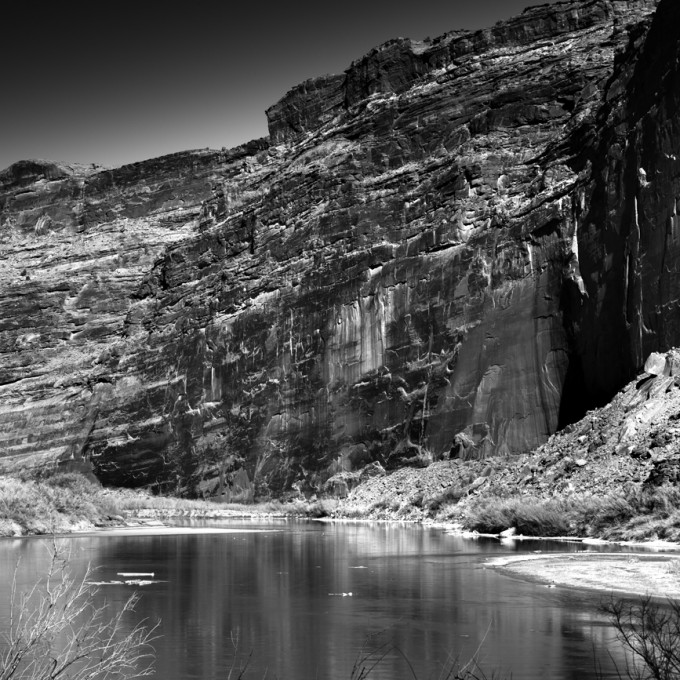
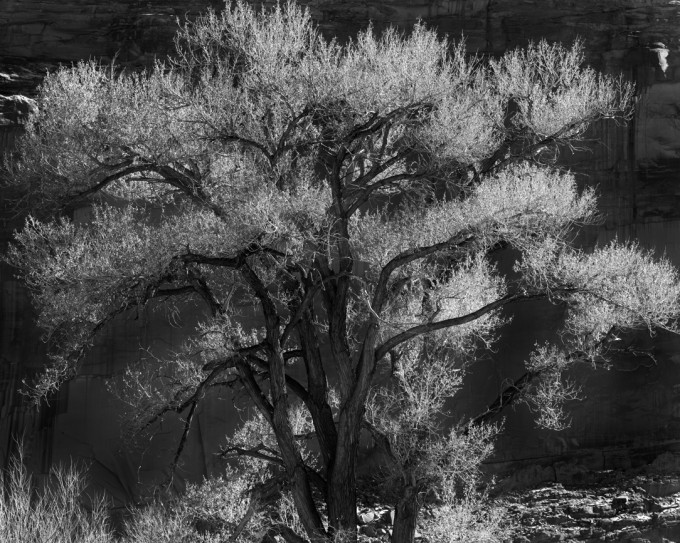
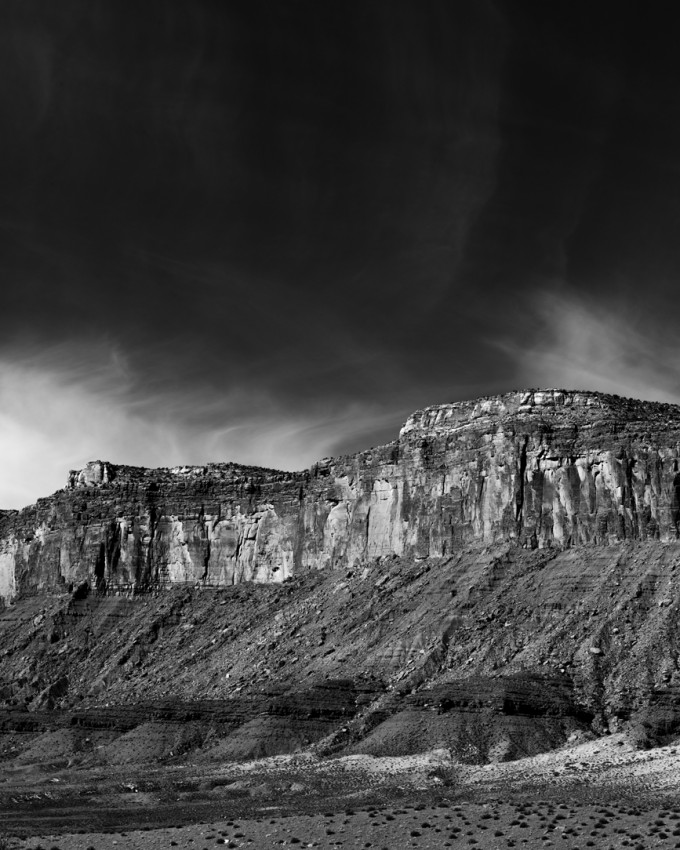
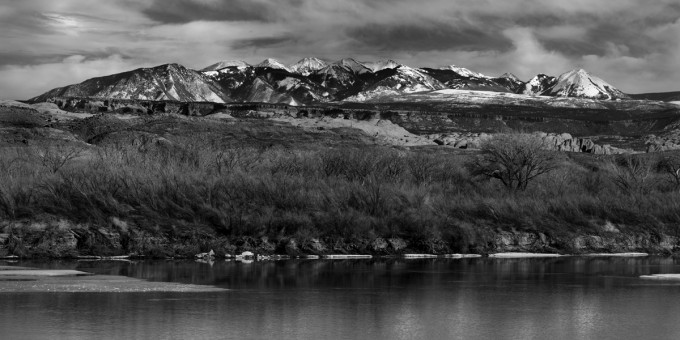
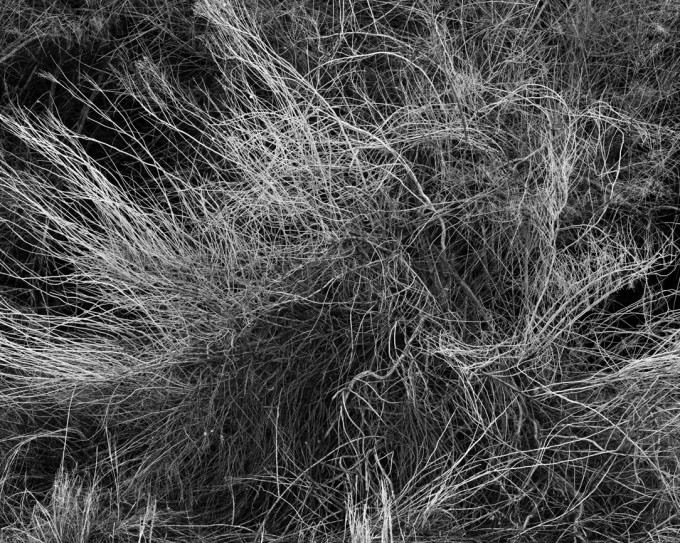


beautiful work!
Stunning shots, Harsh, and congrats. You have quite the combo!
hi Ashwin…. Thanks for your comment! I’ve enjoyed your articles and images here on Steve’s site for the past couple of years. Would love to connect with you the next time I’m in Seattle – it’s been 10 years since I was there last! I’m planning on visiting some time this summer.
There’s probably something in these images for everyone (looking through the “demonstration” side of things). I find them beautiful, peaceful and frustrating, all at the same time. I can’t really decidebwhether I find them interesting or even captivating. They remind me of the time when I got off b&w landscape photography and the use of orange and red filters in a big way; I found the effect overdramatic.
Btw, I’ve gone back to photographing stillness and emptyness lately, and find it extremely challenging.
Still, these have something that keep you looking. That must be worth something. The “AWESOME” thingy cpuld be considered an unnecessary bonus.
it’s all subjective . . . what is forgivably banal to one person might just be plain stupid to another.
The affirmation that “…the MM’s DNGs are indeed quite flat out-of-the-box and one should be willing to perform a fair amount of dodging/burning and curves-manipulation in PS” makes me realize how different approaches one may have about this matter. Because (and admitting that any other vision may be appropriate), what I DON’T want to have to do is post processing. Back in the good old days of analogue photography, I used color slides. And that’s like the truth: you nail it or you miss it, but you can never pimp it up. And the problem with PP is than very often you can see that the photographer just tries too hard. And I see that in this set of shots: they are good, but noticeably tryin’ too hard. Except for the tree, which is a stunning photography, where the matter is not only represented, but almost re-created. Kudos.
Better than 4×5?? Hmmmm…..
Great pictures! Would love to see your Iceland photos, are they posted on-line somewhere? I was an exchange student there in High School and it’s had a place in my soul every since.
I’m an idiot. Just went to your earlier daily inspiration. Great Iceland photos there and at the link. Thank you!
Nice photos… But, for me, the more time I spend in front of my pc, the less time I’m abroad making photos. So, I prefer much more a camera that give me beautiful results straight out of it, than one that gives me excellent ones after a long work of manipulation…
I really like the fact that you worked with the short telephoto 90mm…Great! Growing a little weary of so much done with only the 35mm these days. The short tele’s 90-135 and wider angles 21mm and under are perhaps a little harder to use and often stay in the bag or worse, stay at home.
Nice work with the MM, it’s quite a stunning camera, isn’t it? There is something in the camera that gives a certain quality to work. It’s so much like using film, don’t you think? With film you always had to do some work on the negative, using different grades of paper, dodging and burning to produce the desired result. Much of the shots start with you ‘seeing’ the final print as you capture it.I spent a few years shooting, developing, printing, but being myself quite lazy I prefer to use an orange filter. I’ll use curves sometimes, but I have not quite got the hang of dodge/burn in Lightroom. I think my results look a little dodgy. Nice work, but Park Avenue might be my favorite.
Wonderful photographs! Have you been using any contrast filters. I have an MM and am using a medium yellow on a pretty regular basis to give the picture a little contrast “boost” right off the bat.
Richard… thank you, and greetings to a fellow MM owner!
Yes, I’ve been using red, orange and yellow filters and you’re right, they do add a decent amount of punch off the bat. I’ve had to do simple post processing – dodging/burning/curves. For me, what’s worked the best with the MM is, underexposing by 1 stop or so. What lenses are you using with your MM?
Harsh,
Greetings likewise!
With regards to exposure, I’ve never had an in camera light meter as accurate as the MM. It is spot on all the time. I usually run a three exposure bracketing sequence of -1/0/+1 and find that the proper exposure is in the middle, no change.
My lenses are a 28mm f2.8 Elmarit M (purchased used), a 50mm f2.0 Summicron (purchased new for my MP some 9 years ago!), and a 90mm f2.8 Elmarit M. All the lenses are outstanding. I’d like to get a 35mm, either the 1.4 or 2.0.
I started using Lightroom 4 (which came with the MM). I previously had Lightroom v1 and found it to be absolutely puzzling when it came to classifying pictures. I guess I’m old fashion in that I just categorize my pictures right after shooting and drop them into a properly name file folder. Works for me! I’ve enjoyed using Silver Efex but I use it with a very light touch when it comes to grain–just enough to show like a well developed negative.
Now I really see what the MM is about !
Can you elaborate on what you mean by “per-pixel integrity”? The way I see it, a pixel has only two qualities: luminance and chroma. I don’t quite see how a qualification like integrity could be attributed to a single pixel.
Also, if “the MM’s DNGs are indeed quite flat out-of-the-box and one should be willing to perform a fair amount of dodging/burning and curves-manipulation in PS”, then how can they be “beyond jaw-dropping”? Don’t you mean that they have the potential to be processed into something jaw-dropping?
Have you ever attributed the qualification, “integrity”, to a human being? You may or may not know that human integrity is not defined by a single quality, but rather a combination of qualities like honesty, fairness, ethics, moral character, etc. Similarly, in my opinion – and it wouldn’t hurt me one bit if you completely disagreed with me on this – “integrity” is a perfectly valid qualification to characterize a Pixel, with regard to its Luminance, Chrominance, and any other technical trait that you’d like to add to the list.
But just speaking from a purely non-technical standpoint, among other qualities, the tonal transitions in the MM DNGs are unbelievably smooth and creamy – unlike anything I’ve ever seen before! If I’m not mistaken, doesn’t that get defined at the per pixel level at the time of image capture?
And YES, even the out-of-the-box flat DNGs are beyond jaw-dropping when compared to out-of-the-box RAW files from other top equipment. I compared against Hassy H3DII, Nikon D3X, and Leica M9.
btw, you should get a little adventurous and try out the MM some time in a side by side test with your Fuji X-Pro1! The X-Trans CMOS sensor is no slouch and I’d be curious to hear (and see!) what you discover.
Lastly, was wondering if you ever got a chance to look at the images accompanying my write-up….?
Temper temper…
That’s a very intelligent, well thought through and eloquently delivered point of view Harsh. It’s great to view the work of a photographer that communicates feeling and makes others here (me included) want to be where you were.
Beautiful shots Harsh! Did you use on-camera filters or were you able to achieve that look with post-processing only?
Bret…. thank you! I did use on-camera Red and Orange filters (B+W MRC) with some shots that helped add some punch. But dodging and burning – using a pressure-sensitive pen on a Wacom Intuos5 tablet – was what brought out the real drama! I didn’t need to do much, though. Like other MM owners have also commented elsewhere, you have to expose a certain way with the MM. Once you nail the exposure, and you know the final look you’re going for, post processing can be very fast and easy!
It is very challenging to do B/W images in the canyon lands like that and you’ve done a very nice job of it.
Moab, Canyonlands and especially the lessor know state park in the region, Dead Horse Point, are my families’ favorite places to visit with our Airstream travel trailer. Harsh, you’ve captured the vistas beautifully and the 90mm FOV shows in these photos. I’m jealous that you’re there and I’m not. I hope you’ll share some photos with us here at Steve’s place when you get the new 50mm APO. I can’t justify that lens but I do enjoy what I’ve seen others do with it!
Thanks for sharing Harsh!
Duane… thank you for your kind words! I try I’m having a hard time justifying the 50 APO myself, but from everything I’ve heard and seen so far, it truly is a MOST SPECIAL lens. Can’t wait! And I can’t believe I have both the MM and M 240 sitting right here next to me as I type, and yet I continue talking about the MM only 🙂
I dream of being able to make images like these. They are brilliant!
Awesome work Harsh! Super sharp – loved the tree
Grate work Harsh, love the rich tones and the way you have composed the receding planes in your big vista shots